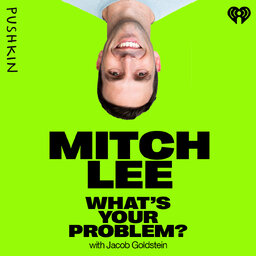Creating the Uncrashable Car
When Austin Russell was 17 years old, he founded Luminar Technologies to work on a remote sensing technology called Lidar.
Today, Austin is one of the world's youngest self-made billionaires, and Luminar may be on the verge of solving Austin's problem: How do you make Lidar cheap enough and good enough to use in millions of cars?
 What's Your Problem?
What's Your Problem?


